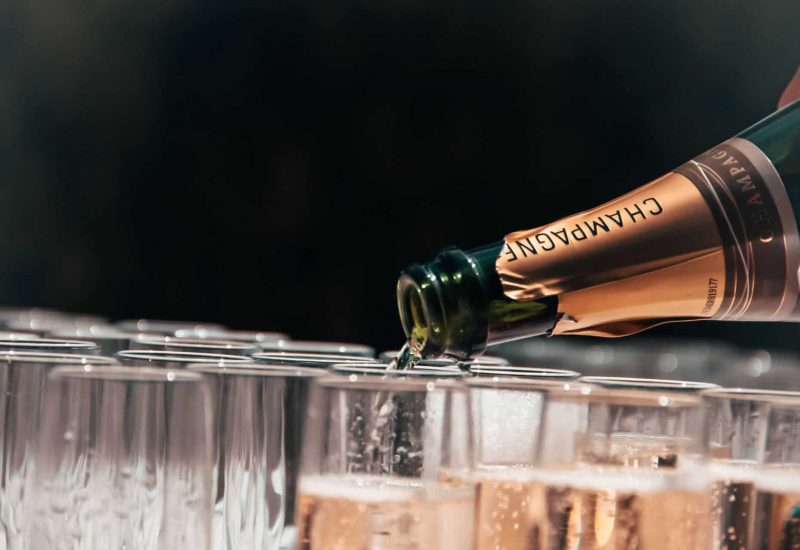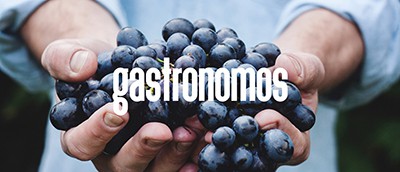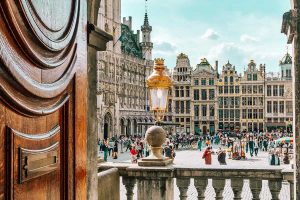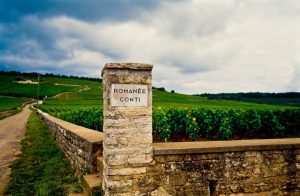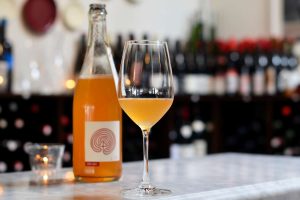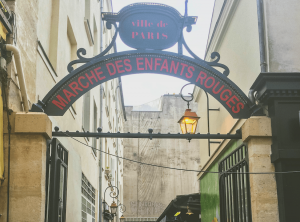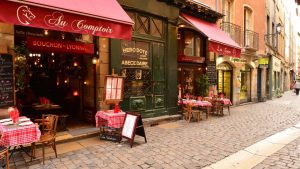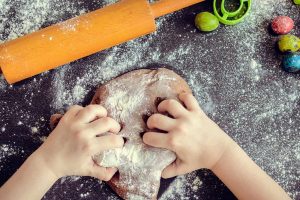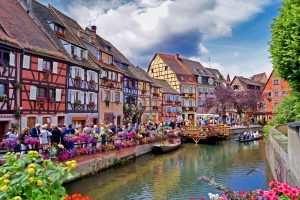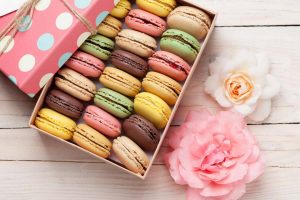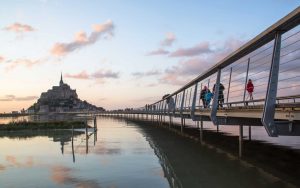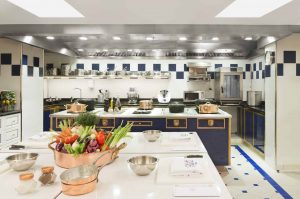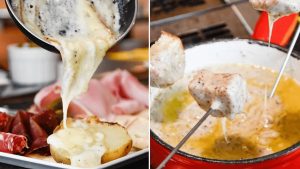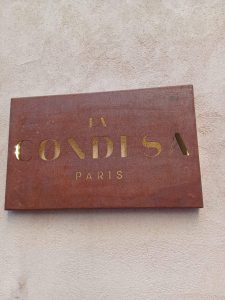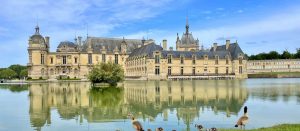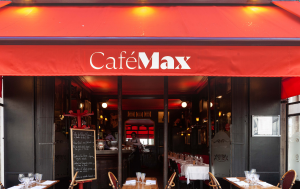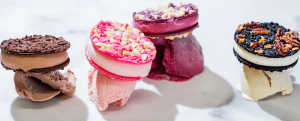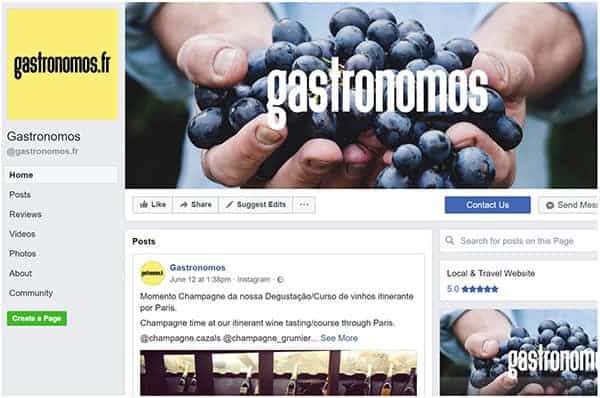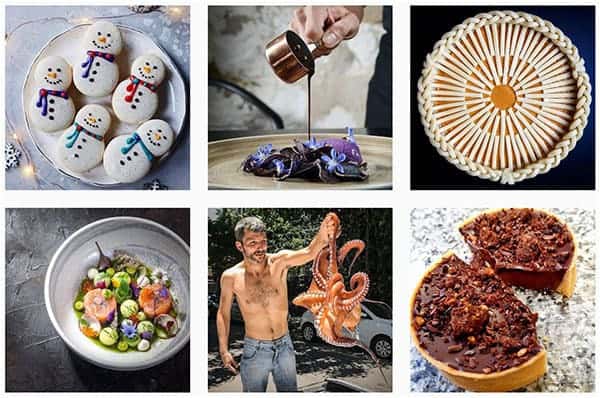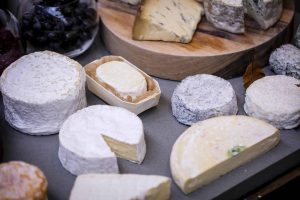The region of Champagne is located about 90 km from Paris. Because of its proximity, visiting this region is undoubtedly a great option for a day trip from Paris. Paris-Champagne can be easily done by train. There are daily options departing from Gare du Nord station directly into the towns of Reims or Epernay. You can purchase tickets on the SNCF website.
But if the goal is to make the most of this day, to visit the most interesting producers, to explore the region in detail, we strongly suggest you to rent a car. Even a day trip can become an extraordinary experience. On our exclusive tour: Visit to Champagne with a Sommelier, you will be guided through vineyards, villages, winemakers and spectacular and inhospitable churches.
Champagne, drink of the Kings
The wine tradition in Champagne is quite old: it dates back to the time of the Romans. They planted the first vines. The vineyard of Champagne was then maintained thanks to the attention given by the clergy and in particular the religious communities of Reims and Châlons.
It is known that the first king of France, Clovis, by a mixture of politics and geographical location was sacred king in Champagne and consequently, its coronation was bathed to wines of the region in the day of Christmas of year 496. A few years later (and until the nineteenth century), after harboring dozens of royal weddings and festivities, the city of Reims, in the heart of the Champagne region, has officially become the heart of the French Kings.
Its success soon spread to the aristocratic elites of the whole world and by the nineteenth century thanks to the dynamism and strength of the Maisons producing Champagne, the drink became the symbol of the French spirit. However, it is worth mentioning that Champagne as we know today did not appear until the 17th century, when the producers began to control the natural fermentation of wine.

The history of Champagne and its invention
You have probably heard that it was monk Dom Pérignon who invented Champagne. The story unfortunately is not quite so … Dom Pérignon, monk of the monastery of St. Pierre d’Hautvillers from 1668 until his death in 1715, was indeed one of the first in Champagne to adopt a grounded approach to wine development. Dom Pérignon contributed mainly to implement the delicate art of the assemblage and was also the first, at least in Champagne, to use corks to replace the broquelet (wood stopper full of hemp), which allowed a more hermetic closure of the bottles.
However, the development of sparkling wines requires the control of many other parameters such as the presence of sugar in constant quantity or the use of bottles that can withstand the internal pressure generated from the fermentation process in the bottle. In the time of Dom Pérignon, this was not still mastered.

At the time, we were not even talking about sparkling wine. The wines were made and transported in barrels. And often a second fermentation of these wines was naturally triggered inside the barrels depending on the external temperature and the amount of residual sugar. This is how the sparkling wines first appeared, naturally and without control of the process. And incredible as it may seem, the first to try to control this effervescence were probably the English …
In the seventeenth century, wines traveled from France to England mainly in wooden barrels. They foamed inside the barrels, especially in periods of higher temperature. The British at the time knew how to make much stronger bottles than those designed in France. They were thicker and had a long neck. The use of these bottles allowed the wine to foam inside the bottle, creating the sparkling wine as we know it today.
How is Champagne made?
Firstly, champagne is a wine made from Chardonnay, Pinot Meunier and Pinot Noir grapes. We pick the grapes, put them in the tank and we let the fermentation process start, like a classic wine. When this stage is completed, comes the assemblage, the mixture of different wines. An important difference in Champagne making process is to mix wines from different years / vintages, depending on the style of Champagne we want to achieve.
Each house of champagne, each winemaker, has its own style of champagne and therefore uses different methods. Some can work with monocasts, others can mix different types of grapes. Once the assemblage is finished, we put these wines in a bottle and add some liquor (sugar mixed with an old wine) to obtain a sweetness in the wine and especially create the necessary conditions for the bacteria to start the fermentation process. Next, we seal these bottles tightly and leave them still in the basement.
A second fermentation begins in the bottle. Thanks to the added liquor, the sugar contained in the wine will turn into alcohol and carbon dioxide. Carbon dioxide is nothing more than the bubbles we see in all sparkling wines. The bottles are then stored for several months. During the aging period in the bottle the Champagne can not stand still. It is necessary to stir the bottle. The bottles are tilted down and every day for 3 months they are turned a quarter turn. The bottle can remain for several years in this process for a more complex result.

And finally we reached a fundamental stage in the manufacture of Champagne: the expulsion of deposits. The bottleneck of the bottle is placed in a frozen mixture of nitrogen. The deposit is transformed into an ice cube and is expelled by the pressure of the carbon dioxide contained in the bottle for several months or years. In this process, there is always a small amount of wine that escapes. To replace this void, the winemaker adds a quantity of sugar, the so-called expedition liquor. The latter can be more or less “dosed” in sugar. Between 33 and 50 grams of sugar will be obtained a demi-sec champagne between 6 and 15 grams, a brut and finally, between 0 and 6 grams, it is an extra-brut or non-dosed champagne or nature.
Champagne World Heritage
Nothing, nowhere in the world is like Champagne.
It is not just the effervescent drink that makes the region worth a visit. Its resilience during World War I, combined with its long history of winemaking, is what led parts of Champagne along with its houses and wineries to receive the World Heritage award for its outstanding universal value.
When you walk through the chalk caves that belong to some of the Maisons, you literally walk through a piece of history. During the war, these underground quarries not only served as shelters against bombing, but also served as homes, schools, hospitals (markings on walls that denote such institutions are still visible) and a way to communicate without being detected by the enemy.
Reims, Ardenne, France
Reims is the gateway to Champagne and also the largest city in the Champagne region. Few people know, but Reims has the title of “Great Cities of Arts and History” given by the French government.
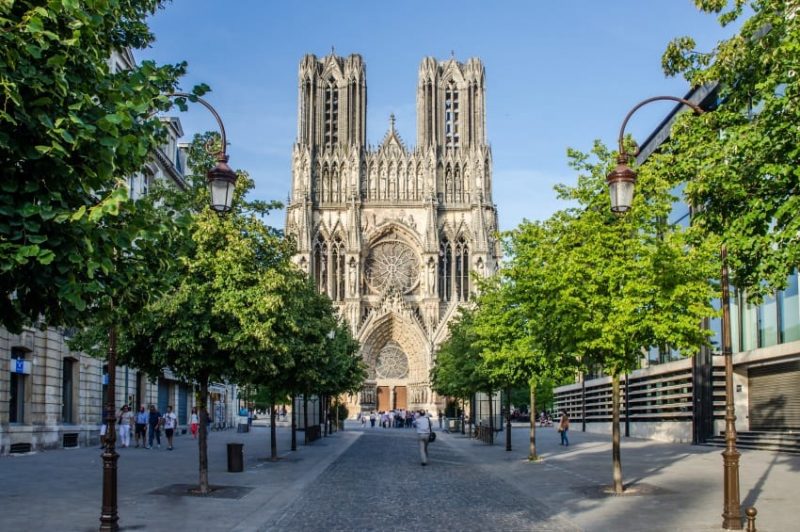
Reims
Begin your visit to Reims by the Cathedral of Notre-Dame, which was the place where all the coronation of the Kings of France took place for more than 800 years. You should also visit the Abbey of Saint-Remi and the Palace of Tau which are also considered architectural jewels. In addition, Reims has Roman ruins are in excellent condition and can be easily visited.
For instance, some Champagne cellars that can be found there are old Roman quarries excavated in XIII centrury by Benedictine monks.
It never hurts to remember that some of the most famous Champagne houses are located within the city limits. While in town, make plans to visit Taittinger, MUMM, Lanson, Ruinart, Veuve Clicquot, G.H. Martel and others.
The food also occupies a central place in the region. Place Drouet d’Erlon, a pedestrian square in the heart of the city of Reims, is full of restaurants, cafes, cheese shops and chocolate. Café du Palace surprises with its Art Deco style and Le Millenaire with its contemporary aesthetics. Those looking for fresh products should visit the Halles du Boulingrin market. The Pink Biscuit from Reims, the region’s famous biscuit, is traditionally dipped in Champagne and is recognizable because it does not break when moistened. It acquired its pink color when the confectioners tried to cover the black spots left by the vanilla pods.
Epernay, the capital of Champagne in France
Epernay, is considered the capital of Champagne, because it is the main commercial port of the product. The city holds about 200 million bottles of champagne in the 110 km of its underground cellars.
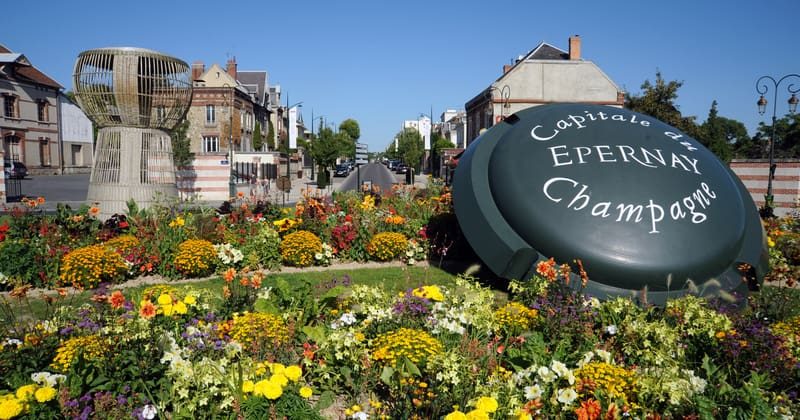
The main attraction in Epernay is Avenue de Champagne, a street named after the world’s leading champagne producers. Some of the brands located there are Moët et Chandon, Mercier, De Castellane and Lafond are some of the names recognized on this avenue.
We can not, however, fail to mention that there are more than 15,000 winegrowers in the region. Some sell their production of grapes to different brands of champagne, while others produce their own Champagnes.
On our tour: Visit to Champagne with Sommelier besides a great Champagne house, we also visit a property making craft Champagne at smaller quantities. It is an unique opportunity to compare flavor, methods of production and distribution between bigger and smaller producers.
Champagne’s main brands
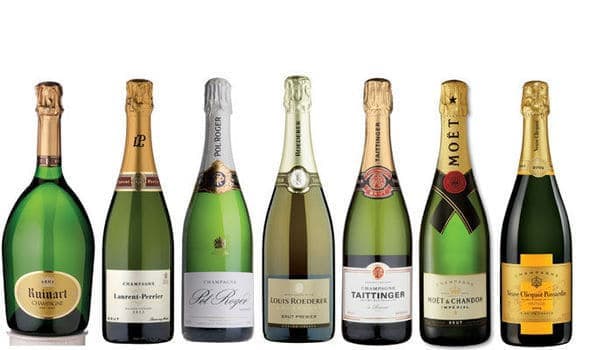
Maison Ruinart
Maison Ruinart was the first house to be established in Champagne, it has existed since 1729 and is recognized by the unique shape of its bottles. Once you get down to the cellars you will surely marvel at the labyrinth of chambers at a depth of more than 35 meters. Throughout the property you will find works of art. The brand has worked with several artists since 2006 to order special pieces, including Dustin Yellin and Maarten Baas. It is famous for its blanc-de-blancs Champagne made 100% with Chardonnay grapes.
Maison Perrier-Jouët
In addition to producing one of the best Champagnes in the world, Maison Perrier-Jouët is also home to Europe’s largest private collection of Art Nouveau. However, what is perhaps more captivating are the contemporary pieces dotted throughout the Maison, a stark contrast to the house decorated in classic French style. In addition, of course, a winery dating back to 1825.
Maison Billecart-Salmon
Billecart-Salmon, is a family property in its sixth generation, the house is run by François Roland-Billecart, who lives on the estate, just like his father. The Maison includes the vineyards, an excellent winery and a lush garden. If you are looking for a remarkable brut rosé, this is the place.
Maison Veuve Clicquot
Madame Clicquot, who took over the champagne house at the age of 27 after her husband’s untimely death, made great strides in the world of winemaking. She is behind ther first sparkling wine recorded in the region and invented the cleaning table, a method of dispelling yeast sediments from the bottles that is still used today.
Maison Dom Pérignon
Dom Pérignon – whose “founder”, Monsignor Pierre Pérignon regarded as the father of champagne – offers a new way to discover his brand through interactive sessions with house experts. The «Atelier Dom Pérignon» was designed to create a more intimate relationship with the Dom Pérignon universe, based on “experimental” and aimed at curious and passionate amateurs.
Maison Moët & Chandon
Moët & Chandon offers the unique testimony of several centuries of development of these world-famous champagnes, the talent of the winemakers and the inheritance of a know-how transmitted from generation to generation by the wine masters. Imagine that Napoleon Bonaparte made this his favorite home, even creating his “Imperial Moët & Chandon” collection.
Maison Krug
Johann Josef Krug created this house in 1843 and soon built a great reputation. No wonder the Maison remains familiar for 6 generations. Their Champagnes have a great differential: their wines are always aged for at least six years with a vinification in small barrels. The result is a resounding taste balance and a Champagne virtually impossible to beat.
